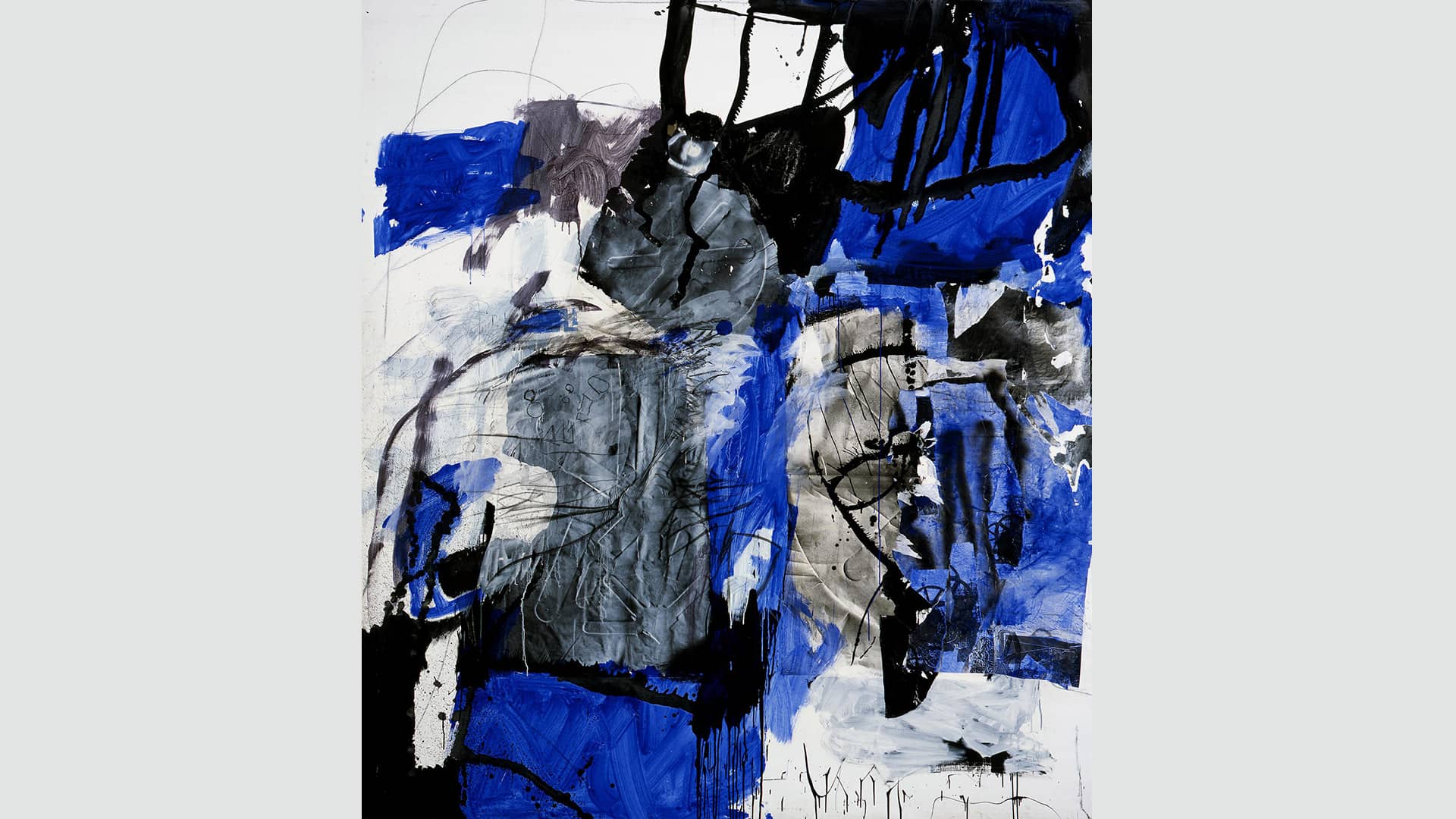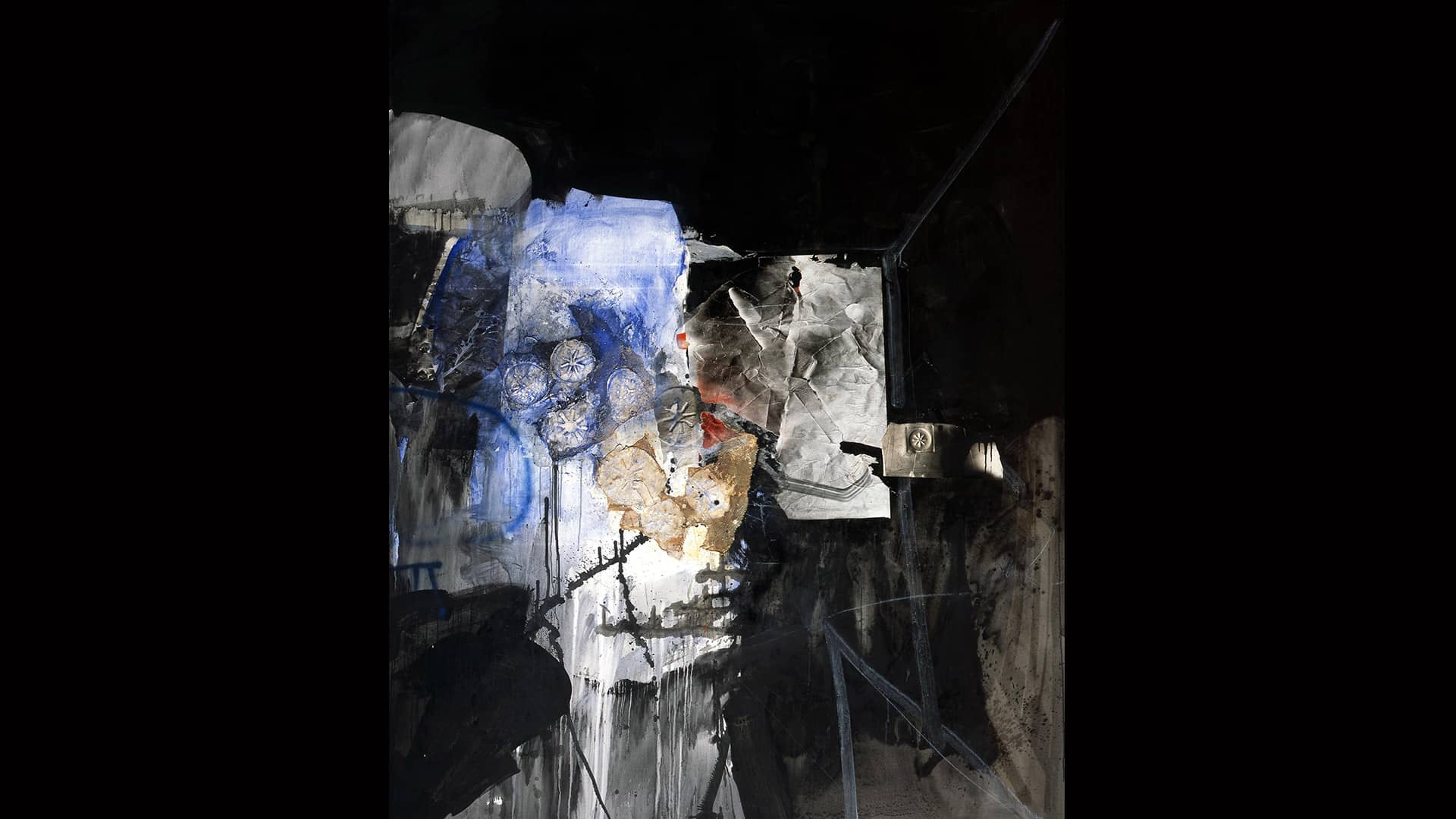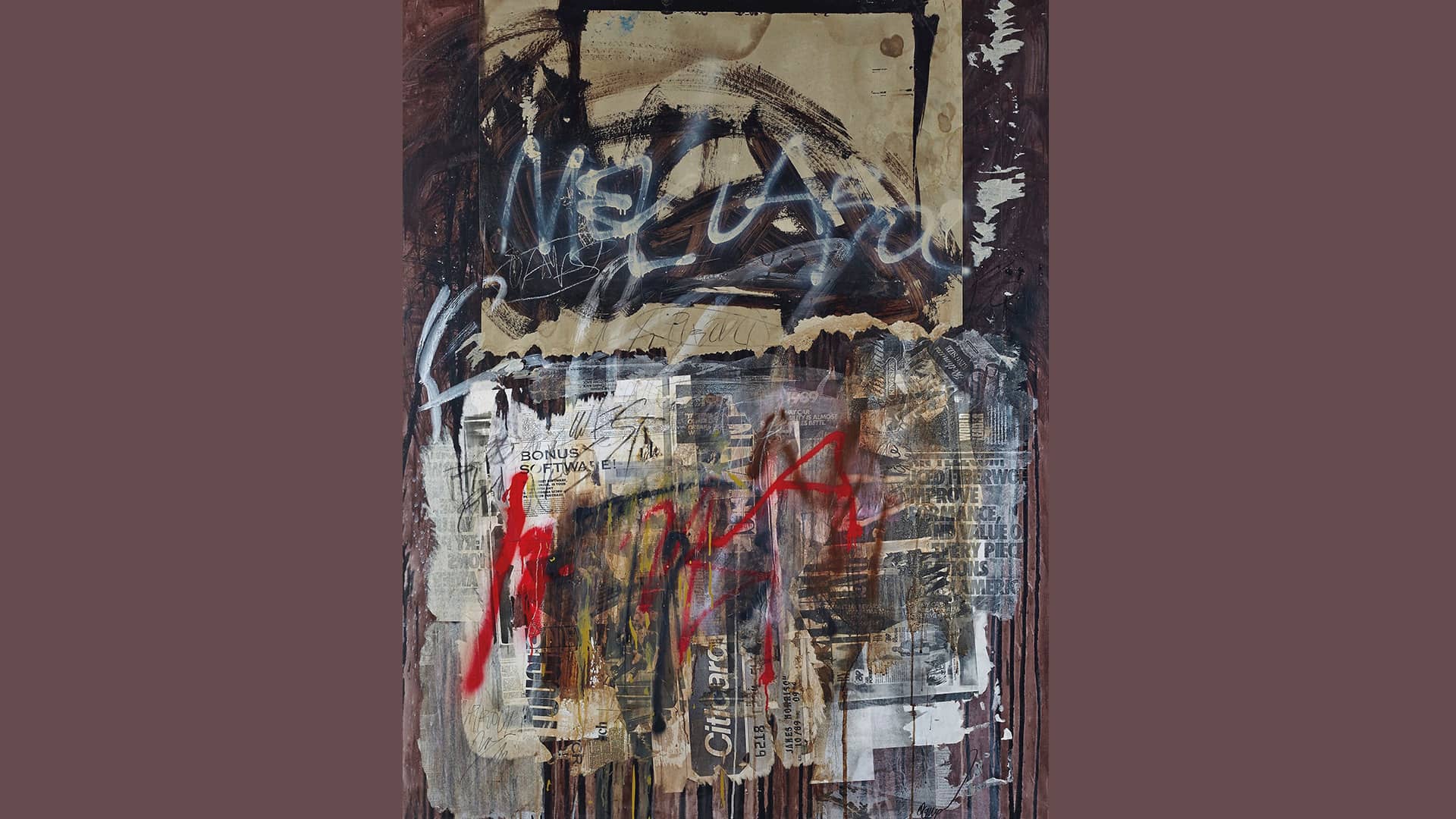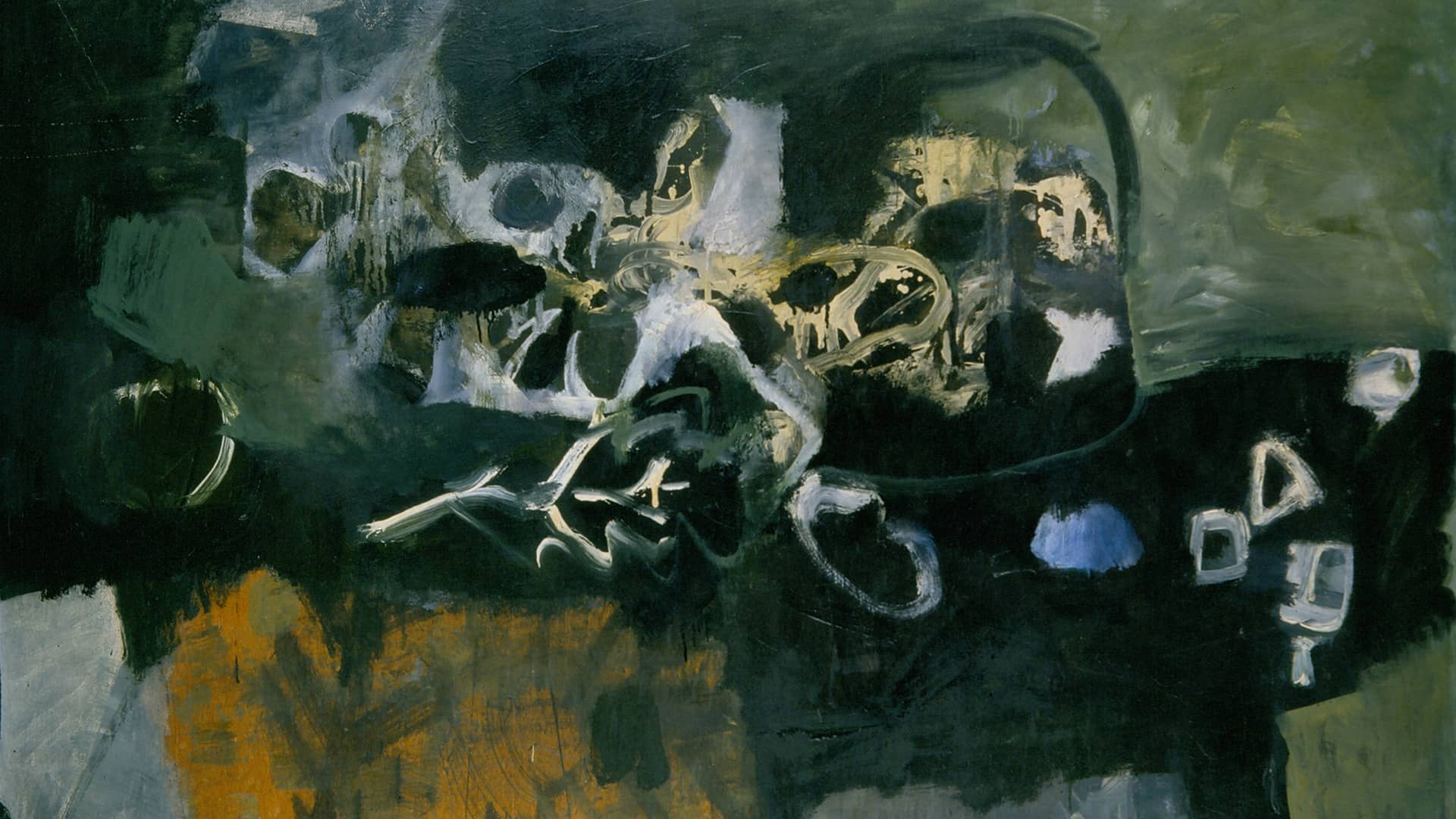Antoni Clavé exhibits again at Galleria d'Arte Maggiore g.a.m. in Bologna. The Spanish artist's most significant works will guide the visitors through a generous and overflowing production, rich in turning points and experimentations with a lot of impetus towards the new and the unusual, filtering everything by the memory of the warm mother country.
A man constantly looking for lost values, without losing connection with the memories of his mother country, Spain, Antoni Clavé returns to Franco and Roberta Calarota's Galleria d'ArteMaggiore g.a.m., now directed by their daughter Alessia, with a great anthological exhibition that reveals him, once again, as one of the most relevant figures of contemporary art. An all-around artist, capable of adopting different artistic techniques, shaping them around his personality in order to disclose his deepest aspirations. His formation started in 1926 at Barcelona's School of Fine Arts and, although his production came from an intimate figuration in the wake of Bonnard and Vuillard, gradually the basic traits of his poetic emerged: the use of colour and the tireless experimentation with matter and artistic techniques. It is indeed from the '30s that Clavé began to familiarize himself with the collage and in his works, he started to use the most various materials: cardboard, velvet, wood, iron, fabric, copper plates, bronze, string, oil, plaster, crumpled cards, newspapers. Everything in his hands gains nobility, even the poorest substance is worth to be considered and used. Every object discovered in second-hand stores and in flea markets (rags, silks, crumpled and consumed velvets, bags, old curtains) becomes art in his paintings. Being virtuous in the usage of different materials, combining them through sober and sometimes poor means to extract their quintessence, Clavé turns every painting into a spell, using the collage technique or giving the impression of doing so.
In 1939, while he was in exile in France, he found in the “Ville Lumiere” his second home, getting in contact with a group of Spanish artists that formed the so-called "School of Paris". Thanks to this relation, little time passed till the first collaborations with the most prestigious galleries of the capital. In 1944, driven by Picasso's influence, his research shifted to lithographic art, assemblage production and sculptures. It is only at the beginning of the '50s that his great artistic season began, characterised by colours that cleave the canvas after having woven it, marked it and impressed with laborious traces. From this moment on, the pure colour will be the protagonist in every work, giving shape to the figure and permeating it with attention and fixity. With him we enter echoes of tonalism, everything is made of pure or mixed nuance. And it is no coincidence that among its merits there is the rediscovery and the usage of tones denigrated by other artists like black, grey, Prussian blue, sometimes crossed by lighter spots or points of red that illuminate the canvas and give it a singular glow. And exactly the colours and the sudden crystallizations are to follow in order to enter his unreal, mental and hallucinated universe, between plastic spaces that take shape. In such a rich production, thick with turning points and experimentations, Clavé remains faithful to his vocation of artist that “prend ce qu’il lui fait où il le trouve”, using the matter as a mean whose nobility is determined by the proper use that the master can make of it. A “combineur des choses” that utilizes different materials with irreproducible originality. In the last years of his life Clavédevoted himself to an individually lyric and direct abstract painting that goes toward a purification of formal schemes.
Read more +
Read less -






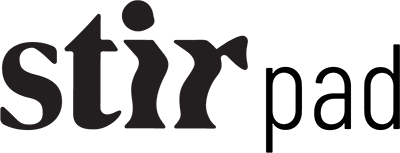
 Sign in with email
Sign in with email


